
CONTEMPORARY CROCHET
About a 6 minute read
INTRODUCTION
Before we get into what is contemporary crochet, it's helpful to get an insight on the lineage of crochet. Its ancestral routes still impact today's crochet trends as you will see throughout this post.
LINEAGE OF CROCHET
It is very hard to pin down the routes of crochet in history. In part because it’s a textile art and textiles are biodegradable and tend not to survive through the centuries.
Another significant factor is that the craft seems to have developed over hundreds of years into what we now recognise as crochet.
So, here’s one potential ancestral route for what we now call crochet.
If we take hooked lace work as an example, it uses fine threads and a hook to create surface chains on a delicate fabric or net.
The technique seems to have originated in India where it is called Ari work. ‘Ari’ is derived from a Hindi word which means hook. Other sources point to it being a technique that originated in China.

Ari work was most likely being practiced in the 16th Century and probably before, and was exported into the middle east. Eventually, the technique found its way Luneville, France in 1810 and was named ‘Tambour’ because of the large, round, drum-like hoops that were used to tension the base fabric.

The ateliers adopted the Ari technique to create surface chains because it was much quicker than using a needle to create chain stitch.
Around 1820, the technique made its way to Essex in England and Coggeshill Lace was a cottage industry that employed hundreds of people up to the end of the century.
In 1821, the Dutch monthly publication ‘Penelope’ specifically refers to crochet as an art form and the pattern calls for a tambour hook to make the slip stitch purse pattern.

In 1846, at the age of 18, Eleonore Riego de la Branchardiere published her first book “Knitting, Crochet and Netting". It revolutionised crochet as a home craft because she was deciphering bobbin lace and re-imaging the work as written crochet patterns that we would now call Irish Crochet.
Meanwhile, in Scandinavia, tapestry crochet using double crochet stitches (US single crochet) to create colour work was developing.
It’s not a huge leap from that, to building up stitch heights and new crochet texture techniques.
By the late 1800s, the same style of thin shaft crochet hook we use today, was being manufactured in England using steel.

In 1897, the first Granny Square pattern was published. The Granny Square emblem is now widely recognised as crochet and what people often default to when they think of the craft.
CROCHET TODAY
While elements like Granny Squares will always be recognisable and a stalwart of the craft, there is so much more to crochet.
I don’t necessarily dislike Granny Squares, I dislike that they are the default example that is shown for crochet. If you watch a film and they want to convey a 60s or 70s timeline, there will undoubtedly be a granny square blanket on the bed or back of the sofa.
Granny Squares are 1% of crochet and I would like to focus on the other 99%.
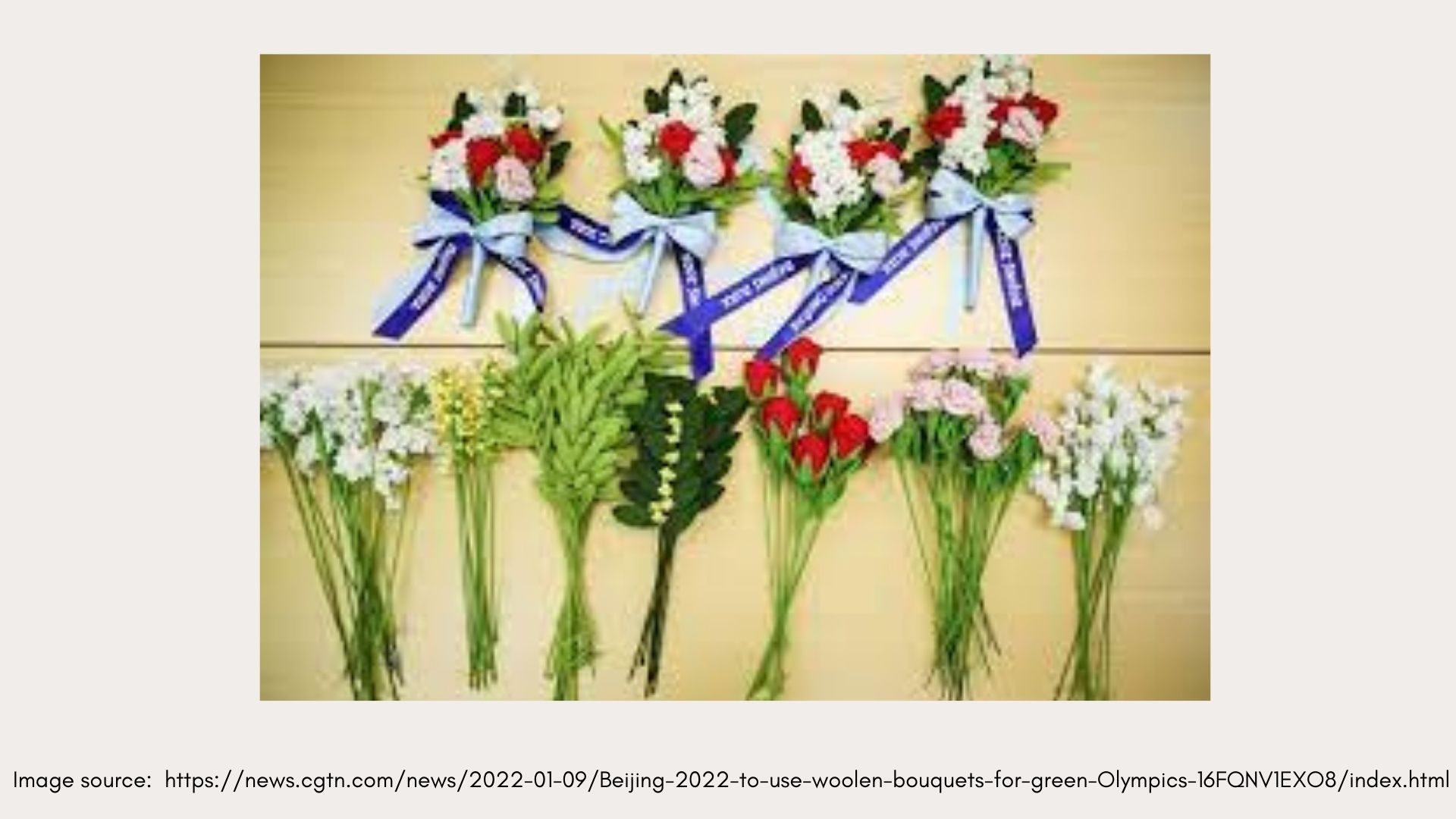

Obviously reference to what is contemporary is subjective. So, here are some examples of what I think mainstream contemporary crochet looks like.
The bouquets that were handed to medal winners at the Beijing Winter Olympics were all crocheted. I love that this gives the medallists a bouquet that can be taken home, that they were hand made and can be treasured as much as their medals.
The fashion cat walks have been full of rochet for a number of years. What is interesting is that there is an obvious move away form bohemian crochet and retro colours, to self-coloured crochet that has its routes in Irish Crochet. It's more delicate, and the emphasis seems to be on creating a lightweight fabric that can be layered.
This move to more intricate crochet trends will also help to become an all year round fashion, away from the spectrum ends of beachwear and crop tops or big woolly accessories to keep warm during the depths of winter.
If past fashion trends are anything to go by, this will take at least a couple of years to filter down into the trends for handcrafts like crochet and knitting.

The cat walk photo isn't reflective of all of the current trends. Big, bold use of colour also continues an it's great to see it being used in crochet.
Above is a screen shot of the Nightmares on Wax set at Glastonbury 2022. I sat watching this with glee, because their music is amazing but I was trying to get really close to the screen to see what the fabric was made from. I was over the moon to see it was crochet!

Image source: Sownon Joo's website
To really make the point that crochet is an extremely versatile craft, here is an example of crocheted wire jewellery. This piece is by Sowon Joo from Korea, who somehow manages to create nature inspired jewellery that is crocheted with metal.
HANDMADE CONTEMPORARY CROCHET
Mainstream crochet is all very well and good, but you are probably reading this because you are a maker and already are or would like to start crocheting your own garments and accessories. So, here are some examples that I love and would call contemporary crochet.

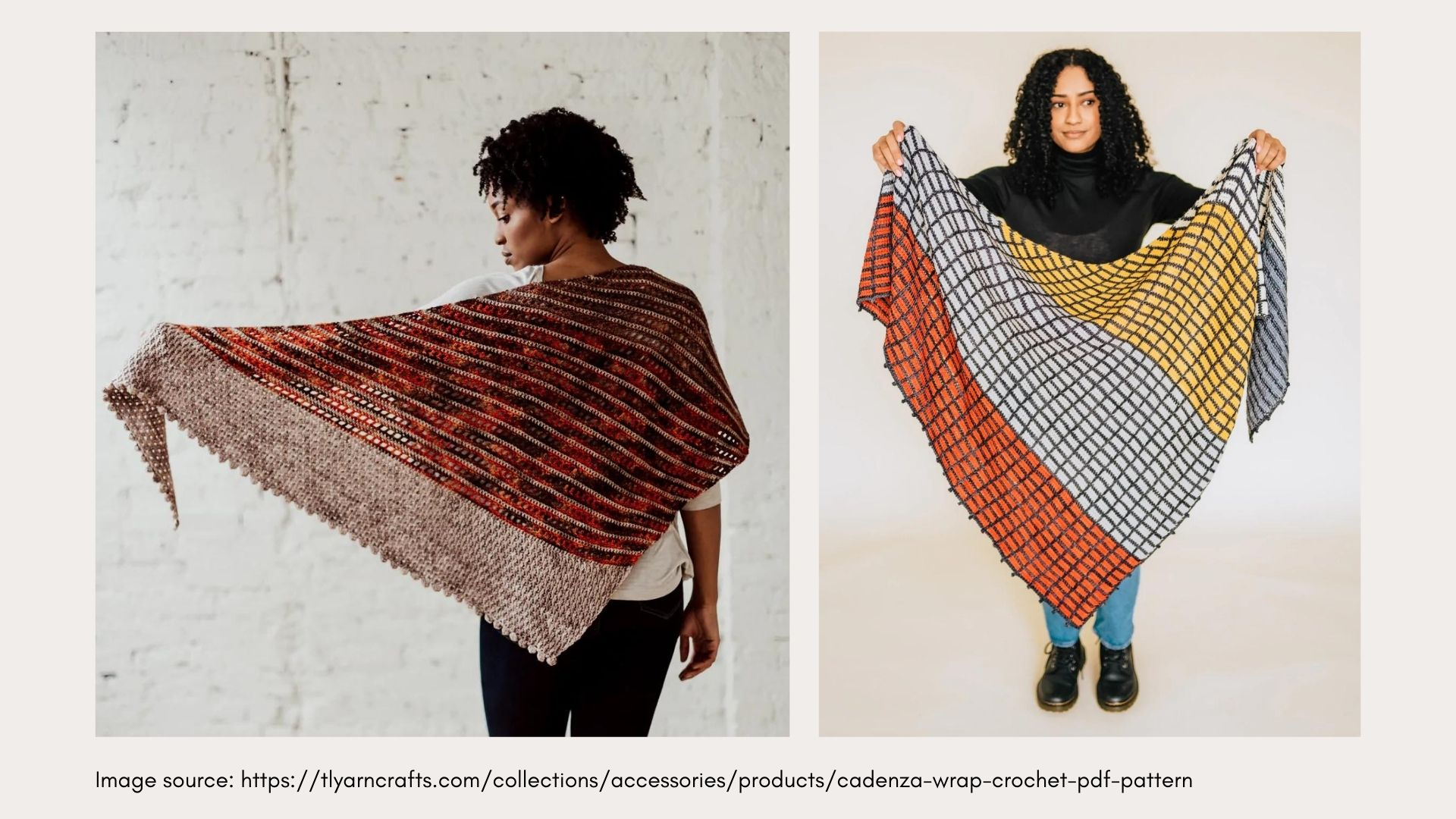
The black and white bag is a design by Molla Mills. Based in Finland, Molla specialises in bold colour work patterns using tapestry crochet. Given that one of the origin routes of tapestry crochet was Scandinavia, the patterns and technique is very fitting.
The shawls are crochet and Tunisian crochet designs by Toni from TL Yarn Crafts. Toni is an extremely talented designer and crocheters love her patterns - everything from homewares and accessories to garments.


Image source: Air Crochet website.
Both of these designs are by Jeanette from Air Crochet. For my money, Jeanette is producing some of the most contemporary crochet designs for crafters to make.
She is based in Denmark and I think that the impact of paired back Danish living shows in her designs.


Image source: Addydae Designs pages on Love Crafts.
Finally, here are some pieces by Deanne at Addydae Designs.
I have made two of Deanne's crocheted jumpers and her patterns are fantastic. If you are new to crocheted garments, Deanne's patterns are a great place to start.
CROCHET TRENDS
Here are some of the trends that I think will dominate crochet crafting in the coming years:
- more Tunisian crochet designers & patterns
- blending of yarn crafts in one project
- more self coloured yarn patterns
- more crocheted garment designers & patterns
- more size & shape inclusive patterns
- slip stitch surface crochet
- piggy backing on the visible mending trend
- crochet techniques that borrow from knitting heritage like cables and colour work
RESOURCES FOR CONTEMPORARY CROCHET
Patterns
Love it or hate them, Instagram and Pinterest can be great places to find crochet designs. If you don’t know many designers, try searching and using hashtags instead.
Some suggestions are: #fashioncrochet #moderncrochet #moderncrochetsweaters #contemporarycrochet
Yes you will have to sift through what the search and hashtag gives you back, but there will be some gems in there too.
From there it should be easy enough to track down the designers pattern selling platform to purchase their pattern.
You can also do searches through the following pattern sales websites:
Magazines
Obviously, I’m going to point towards Moorit first of all. It’s a high-end crochet-focused magazine. It’s a little unfair to call it a magazine because it’s really six monthly publication that is beautifully photographed and shows the potential of crochet.
There is also Yarnologie magazine coming from Australia. It covers more crafts than just crochet, but still has a heavy crochet focus and also comes out every six months.
There’s a handful of monthly crochet magazines that come out in the UK and in my opinion, Inside Crochet has the most wearable content and pushes the boundaries of contemporary crochet further than the others.
If you are an all-round crafter, you may want to also look at Making Magazine (knitting, crochet, sewing, embroidery rag rugging and so much more). They usually have one or two crochet patterns within each publication.
WHAT ABOUT CONTEMPORARY YARN?
Contemporary crochet isn’t just about designs, it’s also about the yarns that are currently available on the market.
Variegated yarns have grown in popularity over the last couple of decades and this yarn trend that is here to stay.
Whilst the colour combinations can be gorgeous, many create colour pooling in the finished crocheted fabric. I’m not a fan and wanted to work out a rough system that could allow me to open up a skein of yarn and ‘read it’.
You can read a full blog post here on the methodology that I used to read this skein of Bohei Yarns in the Forest Green colourway.
The key to reading’ a skein of yarn is understanding how many centimetres a stitch requires.
For me 4ply/light fingering yarn usually requires the following:
Dc (sc US) – 3.5cm per stitch
Htr (hdc US) – 4.5cm per stitch
Tr (dc US) – 6.5cm per stitch
The skein of Bohei Yarns has two major runs of colour - green and brown.
The green lengths are approximately 125cm
The brown lengths are approximately 24cm. Although there are various shades of green in the skein, they will overall read as green to the eye, so should be taken as one colour when measuring. Same for the brown.


The swatch sample shows how the two colours look when worked up in double, half treble and treble crochet. The colour pooling is different in all of these stitches. Depending on the results you want, you may want to chose a project with a specific stitch.
The table below shows what my generic tension information ( Dc (sc US) – 3.5cm per stitch, Htr (hdc US) – 4.5cm per stitch, Tr (dc US) – 6.5cm per stitch) should look like in the Bohei Yarns and what the swatch results told me.

If you aren't a fan of colour pooling, look for variegated skeins with very quick colour changes. Ideally no more than one to two stitches worth yarn length.
Because everyone's tension differs, it's well worth working up mini swatches across different yarn weights so that you have an understanding of how many centimetres of yarn you use for different crochet stitches.
ARE YOU CROCHET INSPIRED?
That was a lot of information, wasn't it?
Hopefully it has inspired you to think differently about crochet. Often prodded at as a grannyish, dense, old fashioned craft, crochet is anything but.
I would love to see your contemporary crochet makes if you fancy sharing them with me over on Instagram @faydhdesigns
Fay x
LET'S KEEP IN TOUCH
It would be lovely to hear from you on Instagram or Pinterest. I also have a monthly(ish) newsletter which you can sign up for below.
About Fay Dashper-Hughes

My name is Fay and I design crochet and knitwear patterns. I love proper woolly wool and showing crochet off for the beautiful, versatile craft that it actually is. Inspired by nature, architecture, Scottish landscapes and British wool.
Generally found in my happy place, my craft studio, affectionately known as The Hive.
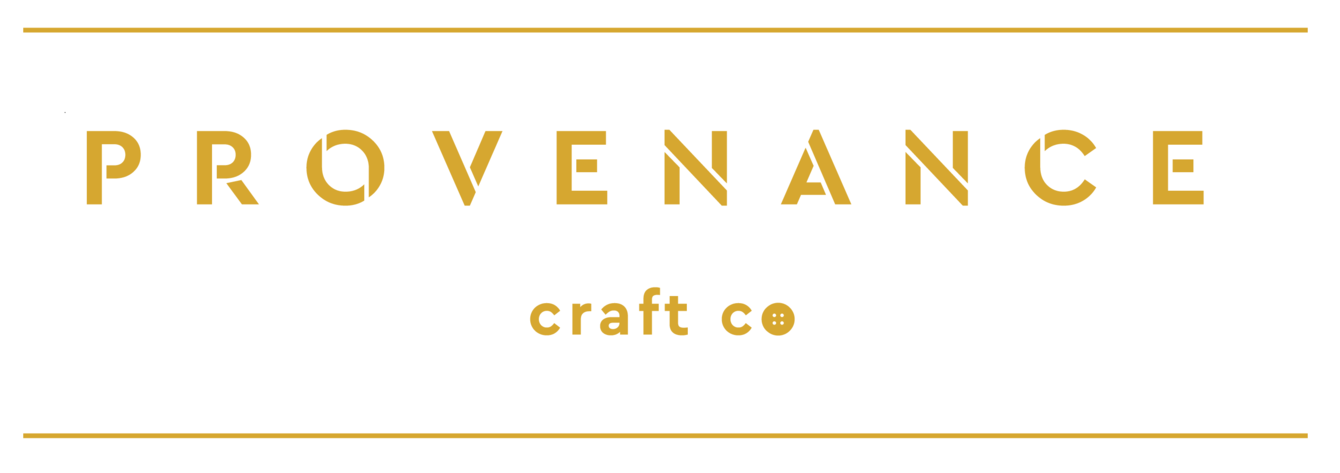




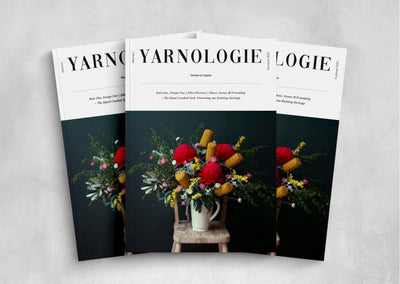
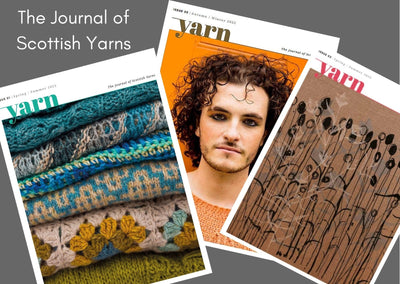
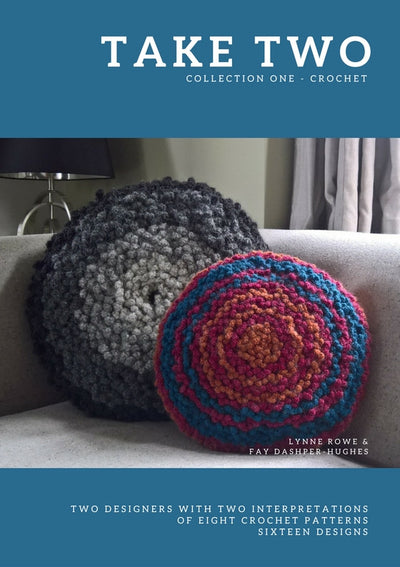
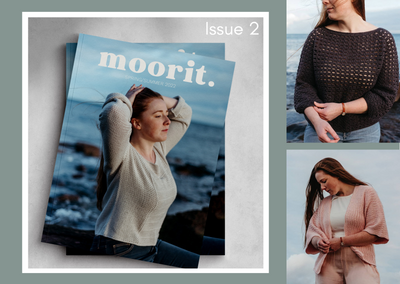
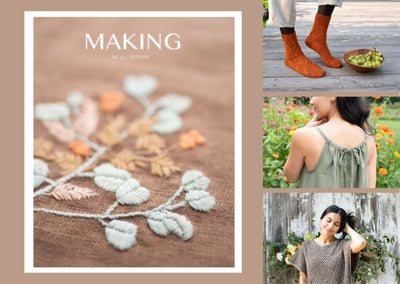
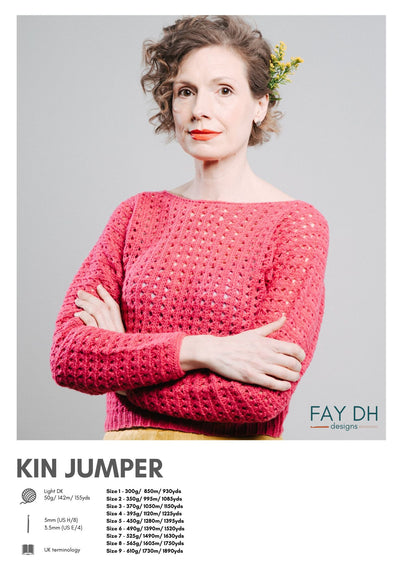
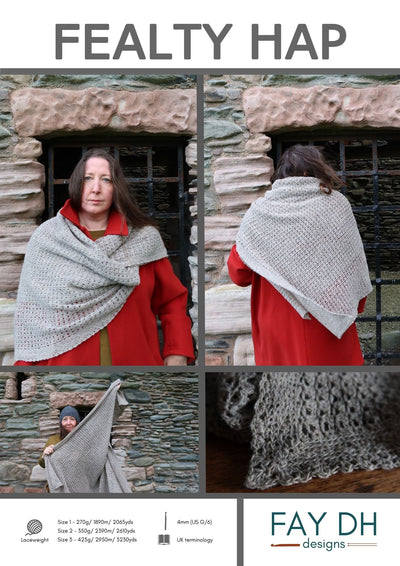
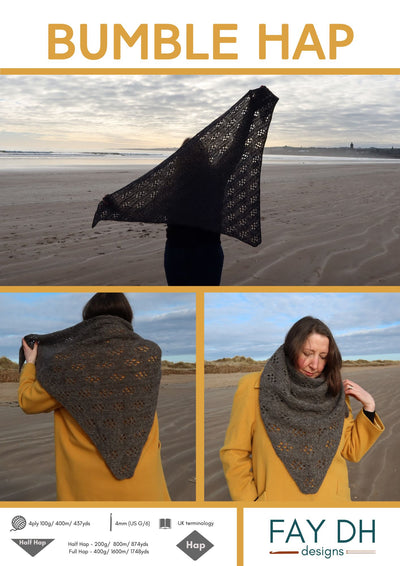
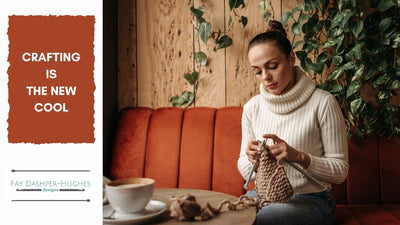
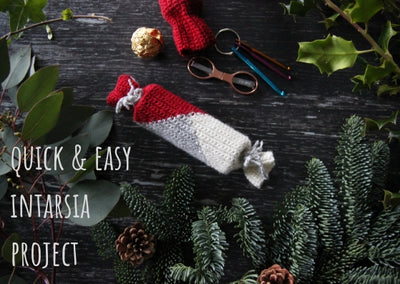
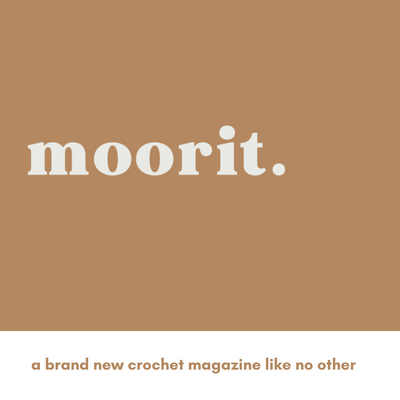
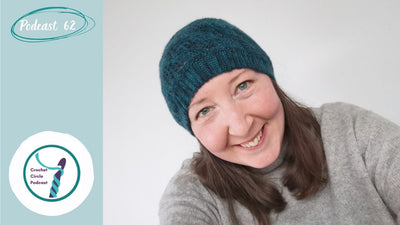
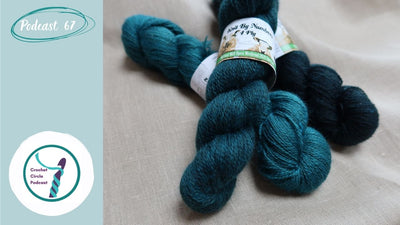
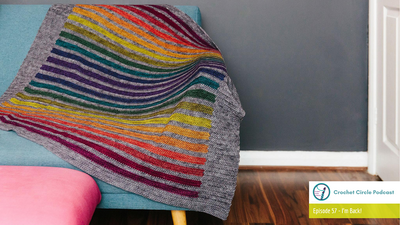
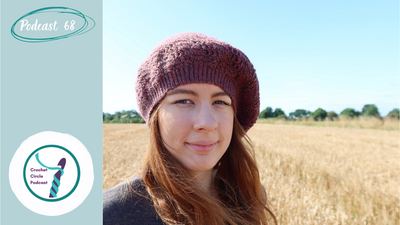
https://emc-mee.com/transfer-furniture-taif.html شركة نقل عفش بالطائف
https://emc-mee.com/transfer-furniture-mecca.html شركة نقل عفش بمكة
https://emc-mee.com/transfer-furniture-yanbu.html شركة نقل عفش بينبع
https://emc-mee.com/transfer-furniture-alkharj.html شركة نقل عفش بالخرج
https://emc-mee.com/transfer-furniture-buraydah.html شركة نقل عفش ببريدة
https://emc-mee.com/transfer-furniture-khamis-mushait.html شركة نقل عفش بخميس مشيط
https://emc-mee.com/transfer-furniture-qassim.html شركة نقل عفش بالقصيم
https://emc-mee.com/transfer-furniture-tabuk.html شركة نقل عفش بتبوك
https://emc-mee.com/transfer-furniture-abha.html شركة نقل عفش بابها
https://emc-mee.com/transfer-furniture-najran.html شركة نقل عفش بنجران
https://emc-mee.com/transfer-furniture-hail.html شركة نقل عفش بحائل
https://emc-mee.com/transfer-furniture-dhahran.html شركة نقل عفش بالظهران
https://emc-mee.com/transfer-furniture-kuwait.html شركة نقل عفش بالكويت
https://emc-mee.com/price-transfer-furniture-in-khamis-mushit.html اسعار شركات نقل عفش بخميس مشيط
https://emc-mee.com/numbers-company-transfer-furniture-in-khamis-mushit.html ارقام شركات نقل عفش بخميس مشيط
https://emc-mee.com/new-company-transfer-furniture-in-khamis-mushit.html شركة نقل عفش بخميس مشيط جديدة
https://emc-mee.com/transfer-furniture-from-khamis-to-riyadh.html شركة نقل عفش من خميس مشيط الي الرياض
https://emc-mee.com/transfer-furniture-from-khamis-mushait-to-mecca.html شركة نقل عفش من خميس مشيط الي مكة
https://emc-mee.com/transfer-furniture-from-khamis-mushait-to-jeddah.html شركة نقل عفش من خميس مشيط الي جدة
https://emc-mee.com/transfer-furniture-from-khamis-mushait-to-medina.html شركة نقل عفش من خميس مشيط الي المدينة المنورة
https://emc-mee.com/best-10-company-transfer-furniture-khamis-mushait.html افضل 10 شركات نقل عفش بخميس مشيط
https://emc-mee.com/%D8%B4%D8%B1%D9%83%D9%87-%D9%86%D9%82%D9%84-%D8%B9%D9%81%D8%B4-%D8%A8%D8%AC%D8%AF%D9%87.html
https://emc-mee.com/%D8%B4%D8%B1%D9%83%D8%A9-%D9%86%D9%82%D9%84-%D8%A7%D8%AB%D8%A7%D8%AB-%D8%A8%D8%AC%D8%AF%D9%87.html
https://zlidein.com/read-blog/97062
https://zlidein.com/read-blog/97063
https://zlidein.com/read-blog/97071
https://zlidein.com/read-blog/99326
https://www.skreebee.com/read-blog/110085
https://telegra.ph/%D8%B4%D8%B1%D9%83%D8%A9-%D9%86%D9%82%D9%84-%D8%B9%D9%81%D8%B4-%D9%85%D9%86-%D8%AC%D8%AF%D8%A9-%D8%A7%D9%84%D9%89-%D8%AC%D8%A7%D8%B2%D8%A7%D9%86-07-12
https://webyourself.eu/blogs/25649/%D8%B4%D8%B1%D9%83%D8%A9-%D9%86%D9%82%D9%84-%D8%B9%D9%81%D8%B4-%D9%85%D9%86-%D8%AC%D8%AF%D8%A9-%D8%A7%D9%84%D9%89-%D8%AC%D8%A7%D8%B2%D8%A7%D9%86
https://www.merexpression.com/read-blog/21528
https://www.rolonet.com/blogs/89146/%D8%B4%D8%B1%D9%83%D8%A9-%D9%86%D9%82%D9%84-%D8%B9%D9%81%D8%B4-%D9%85%D9%86-%D8%AC%D8%AF%D8%A9-%D8%A7%D9%84%D9%89-%D8%AC%D8%A7%D8%B2%D8%A7%D9%86
https://oktob.io/posts/41814
https://webyourself.eu/blogs/26016/%D8%A7%D9%81%D8%B6%D9%84-%D8%B4%D8%B1%D9%83%D8%A9-%D9%86%D9%82%D9%84-%D8%B9%D9%81%D8%B4-%D8%AC%D8%AF%D8%A9-%D8%A7%D8%A8%D8%AD%D8%B1-%D8%A7%D9%84%D8%B4%D9%85%D8%A7%D9%84%D9%8A%D8%A9
https://oktob.io/posts/41908
https://www.domyate.com/2022/06/14/why-emc-mee-company-to-transfer-furniture-to-to-jeddah/
https://www.domyate.com/2022/06/12/best-nakl-afsh-jeddah/
https://www.domyate.com/2022/06/12/%d9%83%d9%8a%d9%81%d9%8a%d8%a9-%d9%81%d9%83-%d9%88%d8%aa%d8%b1%d9%83%d9%8a%d8%a8-%d8%a7%d9%84%d8%b9%d9%81%d8%b4-%d9%88%d8%a7%d9%84%d8%a7%d8%ab%d8%a7%d8%ab-%d8%a8%d8%ac%d8%af%d8%a9/
https://zlidein.com/read-blog/99328
https://telegra.ph/%D8%A7%D9%81%D8%B6%D9%84-%D8%B4%D8%B1%D9%83%D8%A9-%D8%AA%D9%86%D8%B8%D9%8A%D9%81-%D9%85%D9%83%D9%8A%D9%81%D8%A7%D8%AA-%D8%A8%D9%85%D9%83%D8%A9-07-17
ؤ
https://500px.com/p/ataralmadinah?view=photos
https://about.me/atar-almadinah/
https://www.behance.net/ataralmadinah/
https://angel.co/u/atar-almadinah
https://vimeo.com/user163509125
https://ello.co/ataralmadinah/post/asrc-rqxhmfvgrr7skhajg
https://ello.co/ataralmadinah
https://www.myminifactory.com/stories/best-transfer-furniture-jeddah-atar-almadinah-62f1c48d224b9
https://www.myminifactory.com/users/atar
https://speakerdeck.com/almadinah
https://fstoppers.com/profile/atar-almadinah
https://www.instructables.com/member/atar-almadinah/
https://www.mifare.net/support/forum/users/atar-almadinah/
https://www.recode.net/users/ataralmadinah
http://simp.ly/p/bwJRTQ
https://zenwriting.net/jzlzjv7sf2
https://writer.zohopublic.com/writer/published/rg9748fafd0f2210f4604b33d2cbf28388aea
https://my.desktopnexus.com/ataralmadinah/journal/furniture-moving-company-in-jeddah-38820/
https://app.ex.co/stories/item/c9e4da01-b4c3-492f-84a4-55474a6abf47
https://pastelink.net/a93tslol
https://pastelink.net/6zkez7a2
https://www.kongregate.com/accounts/ataralmadinah
https://bit.ly/3PiheFn
https://bit.ly/3SJJZxX
https://giphy.com/channel/atar-almadinah
https://fullservicelavoro.com/2022/08/15/furniture-moving-companies-in-jeddah/
https://www.ted.com/profiles/37578103/about
http://fullservicelavoro.com/ شركة ريلاكس لنقل العفش والاثاث
http://fullservicelavoro.com/2019/01/07/transfer-movers-taif-furniture/ شركة نقل عفش بالطائف
http://fullservicelavoro.com/2019/01/08/transfer-movers-riyadh-furniture/ شركة نقل عفش بالرياض
http://fullservicelavoro.com/2019/01/08/transfer-movers-jeddah-furniture/ شركة نقل عفش بجدة
http://fullservicelavoro.com/2019/01/01/transfer-and-movers-furniture-mecca/ شركة نقل عفش بمكة
http://fullservicelavoro.com/2019/01/07/transfer-movers-madina-furniture/ شركة نقل عفش بالمدينة المنورة
http://fullservicelavoro.com/2019/01/07/transfer-movers-khamis-mushait-furniture/ شركة نقل عفش بخميس مشيط
http://fullservicelavoro.com/2019/01/09/transfer-movers-abha-furniture/ شركة نقل اثاث بابها
http://fullservicelavoro.com/2019/01/07/transfer-movers-najran-furniture/ شركة نقل عفش بنجران
http://fullservicelavoro.com/2019/01/16/transfer-movers-hail-furniture/ ِشركة نقل عفش بحائل
http://fullservicelavoro.com/2019/01/16/transfer-movers-qassim-furniture/ شركة نقل عفش بالقصيم
http://fullservicelavoro.com/2019/02/02/transfer-movers-furniture-in-bahaa/ شركة نقل عفش بالباحة
http://fullservicelavoro.com/2019/01/13/transfer-movers-yanbu-furniture/ شركة نقل عفش بينبع
http://fullservicelavoro.com/2019/01/18/%d8%af%d9%8a%d9%86%d8%a7-%d9%86%d9%82%d9%84-%d8%b9%d9%81%d8%b4-%d8%a8%d8%a7%d8%a8%d9%87%d8%a7/ دينا نقل عفش بابها
http://fullservicelavoro.com/2019/01/13/%D9%86%D9%82%D9%84-%D8%A7%D9%84%D8%A7%D8%AB%D8%A7%D8%AB-%D8%A8%D8%A7%D9%84%D9%85%D8%AF%D9%8A%D9%86%D8%A9-%D8%A7%D9%84%D9%85%D9%86%D9%88%D8%B1%D8%A9-%D8%A7%D9%87%D9%85-%D8%B4%D8%B1%D9%83%D8%A7%D8%AA/ نقل الاثاث بالمدينة المنورة
http://fullservicelavoro.com/2019/01/12/%D8%A7%D8%B1%D8%AE%D8%B5-%D8%B4%D8%B1%D9%83%D8%A9-%D9%86%D9%82%D9%84-%D8%B9%D9%81%D8%B4-%D8%A8%D9%85%D9%83%D8%A9/ ارخص شركة نقل عفش بمكة
http://fullservicelavoro.com/2019/01/07/transfer-movers-elkharj-furniture/ شركة نقل عفش بالخرج
http://fullservicelavoro.com/2019/01/07/transfer-movers-baqaa-furniture/ شركة نقل عفش بالبقعاء
http://fullservicelavoro.com/2019/02/05/transfer-furniture-in-jazan/ شركة نقل عفش بجازان
https://sites.google.com/view/movers-riyadh/
https://sites.google.com/view/movers-riyadh/movers-mecca
https://sites.google.com/view/movers-riyadh/home
https://sites.google.com/view/movers-riyadh/movers-jedaah-elhamdniah
https://sites.google.com/view/movers-riyadh/movers-yanbu
https://sites.google.com/view/movers-riyadh/movers-najran
https://sites.google.com/view/movers-riyadh/movers-Jizan
https://sites.google.com/view/movers-riyadh/jazan
https://sites.google.com/view/movers-riyadh/taif
https://sites.google.com/view/movers-riyadh/moversjeddah
https://sites.google.com/view/movers-riyadh/movers-abha
https://sites.google.com/view/movers-riyadh/movers-elahsa
https://sites.google.com/view/movers-riyadh/movers-elkhobar
https://sites.google.com/view/movers-riyadh/movers-elkharj
https://sites.google.com/view/movers-riyadh/movers-elmadina-elmnowara
https://sites.google.com/view/movers-riyadh/movers-eljubail
https://sites.google.com/view/movers-riyadh/movers-elqassim
https://sites.google.com/view/movers-riyadh/movers-hafrelbatin
https://sites.google.com/view/movers-riyadh/movers-elbaha
https://sites.google.com/view/movers-riyadh/movers-jeddah
https://sites.google.com/view/movers-riyadh/movers-dammam
https://sites.google.com/view/movers-riyadh/movers-taif
https://sites.google.com/view/movers-riyadh/movers-burydah
https://sites.google.com/view/movers-riyadh/movers-tabuk
https://sites.google.com/view/movers-riyadh/movers-hail
https://sites.google.com/view/movers-riyadh/movers-khamis-mushait
https://sites.google.com/view/movers-riyadh/movers-rabigh
https://sites.google.com/view/movers-riyadh/madina
https://sites.google.com/view/movers-riyadh/mecca
https://sites.google.com/view/movers-riyadh/dammam
https://sites.google.com/view/movers-riyadh/jeddah
https://sites.google.com/view/movers-riyadh/ahsa
https://sites.google.com/view/movers-riyadh/cleaning-mecca